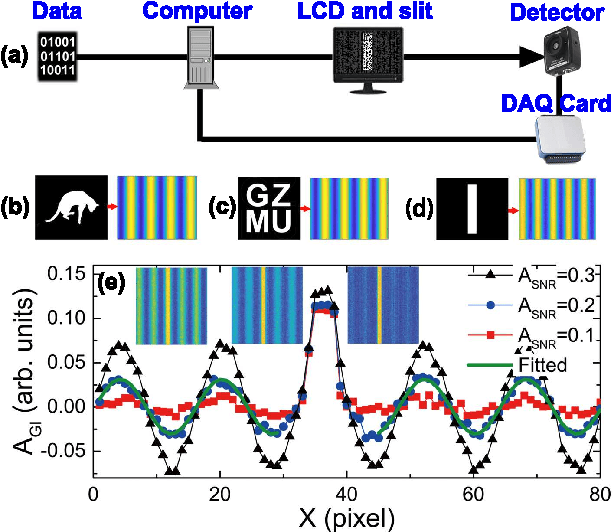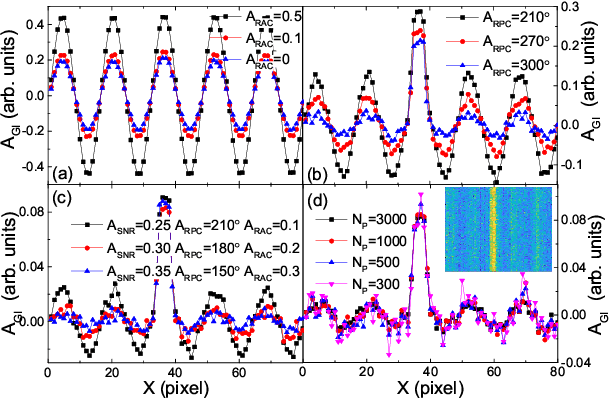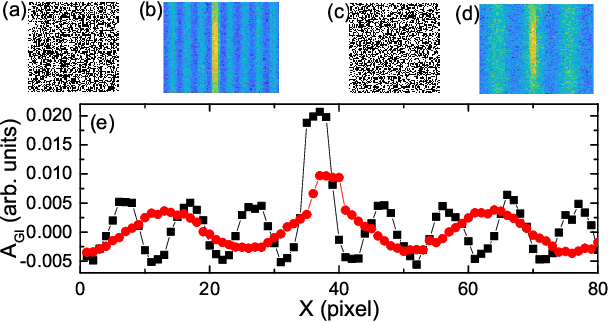Zhenhua Wu
MTGS: Multi-Traversal Gaussian Splatting
Mar 16, 2025Abstract:Multi-traversal data, commonly collected through daily commutes or by self-driving fleets, provides multiple viewpoints for scene reconstruction within a road block. This data offers significant potential for high-quality novel view synthesis, which is crucial for applications such as autonomous vehicle simulators. However, inherent challenges in multi-traversal data often result in suboptimal reconstruction quality, including variations in appearance and the presence of dynamic objects. To address these issues, we propose Multi-Traversal Gaussian Splatting (MTGS), a novel approach that reconstructs high-quality driving scenes from arbitrarily collected multi-traversal data by modeling a shared static geometry while separately handling dynamic elements and appearance variations. Our method employs a multi-traversal dynamic scene graph with a shared static node and traversal-specific dynamic nodes, complemented by color correction nodes with learnable spherical harmonics coefficient residuals. This approach enables high-fidelity novel view synthesis and provides flexibility to navigate any viewpoint. We conduct extensive experiments on a large-scale driving dataset, nuPlan, with multi-traversal data. Our results demonstrate that MTGS improves LPIPS by 23.5% and geometry accuracy by 46.3% compared to single-traversal baselines. The code and data would be available to the public.
Remote Sensing Image Segmentation Using Vision Mamba and Multi-Scale Multi-Frequency Feature Fusion
Oct 08, 2024



Abstract:As remote sensing imaging technology continues to advance and evolve, processing high-resolution and diversified satellite imagery to improve segmentation accuracy and enhance interpretation efficiency emerg as a pivotal area of investigation within the realm of remote sensing. Although segmentation algorithms based on CNNs and Transformers achieve significant progress in performance, balancing segmentation accuracy and computational complexity remains challenging, limiting their wide application in practical tasks. To address this, this paper introduces state space model (SSM) and proposes a novel hybrid semantic segmentation network based on vision Mamba (CVMH-UNet). This method designs a cross-scanning visual state space block (CVSSBlock) that uses cross 2D scanning (CS2D) to fully capture global information from multiple directions, while by incorporating convolutional neural network branches to overcome the constraints of Vision Mamba (VMamba) in acquiring local information, this approach facilitates a comprehensive analysis of both global and local features. Furthermore, to address the issue of limited discriminative power and the difficulty in achieving detailed fusion with direct skip connections, a multi-frequency multi-scale feature fusion block (MFMSBlock) is designed. This module introduces multi-frequency information through 2D discrete cosine transform (2D DCT) to enhance information utilization and provides additional scale local detail information through point-wise convolution branches. Finally, it aggregates multi-scale information along the channel dimension, achieving refined feature fusion. Findings from experiments conducted on renowned datasets of remote sensing imagery demonstrate that proposed CVMH-UNet achieves superior segmentation performance while maintaining low computational complexity, outperforming surpassing current leading-edge segmentation algorithms.
ToDER: Towards Colonoscopy Depth Estimation and Reconstruction with Geometry Constraint Adaptation
Jul 23, 2024



Abstract:Visualizing colonoscopy is crucial for medical auxiliary diagnosis to prevent undetected polyps in areas that are not fully observed. Traditional feature-based and depth-based reconstruction approaches usually end up with undesirable results due to incorrect point matching or imprecise depth estimation in realistic colonoscopy videos. Modern deep-based methods often require a sufficient number of ground truth samples, which are generally hard to obtain in optical colonoscopy. To address this issue, self-supervised and domain adaptation methods have been explored. However, these methods neglect geometry constraints and exhibit lower accuracy in predicting detailed depth. We thus propose a novel reconstruction pipeline with a bi-directional adaptation architecture named ToDER to get precise depth estimations. Furthermore, we carefully design a TNet module in our adaptation architecture to yield geometry constraints and obtain better depth quality. Estimated depth is finally utilized to reconstruct a reliable colon model for visualization. Experimental results demonstrate that our approach can precisely predict depth maps in both realistic and synthetic colonoscopy videos compared with other self-supervised and domain adaptation methods. Our method on realistic colonoscopy also shows the great potential for visualizing unobserved regions and preventing misdiagnoses.
Robust data analysis and imaging with computational ghost imaging
Nov 06, 2021


Abstract:Nowadays the world has entered into the digital age, in which the data analysis and visualization have become more and more important. In analogy to imaging the real object, we demonstrate that the computational ghost imaging can image the digital data to show their characteristics, such as periodicity. Furthermore, our experimental results show that the use of optical imaging methods to analyse data exhibits unique advantages, especially in anti-interference. The data analysis with computational ghost imaging can be well performed against strong noise, random amplitude and phase changes in the binarized signals. Such robust data data analysis and imaging has an important application prospect in big data analysis, meteorology, astronomy, economics and many other fields.
Deep learning based automatic segmentation of lumbosacral nerves on non-contrast CT for radiographic evaluation: a pilot study
Nov 28, 2018



Abstract:Background and objective: Combined evaluation of lumbosacral structures (e.g. nerves, bone) on multimodal radiographic images is routinely conducted prior to spinal surgery and interventional procedures. Generally, magnetic resonance imaging is conducted to differentiate nerves, while computed tomography (CT) is used to observe bony structures. The aim of this study is to investigate the feasibility of automatically segmenting lumbosacral structures (e.g. nerves & bone) on non-contrast CT with deep learning. Methods: a total of 50 cases with spinal CT were manually labeled for lumbosacral nerves and bone with Slicer 4.8. The ratio of training: validation: testing is 32:8:10. A 3D-Unet is adopted to build the model SPINECT for automatically segmenting lumbosacral structures. Pixel accuracy, IoU, and Dice score are used to assess the segmentation performance of lumbosacral structures. Results: the testing results reveals successful segmentation of lumbosacral bone and nerve on CT. The average pixel accuracy is 0.940 for bone and 0.918 for nerve. The average IoU is 0.897 for bone and 0.827 for nerve. The dice score is 0.945 for bone and 0.905 for nerve. Conclusions: this pilot study indicated that automatic segmenting lumbosacral structures (nerves and bone) on non-contrast CT is feasible and may have utility for planning and navigating spinal interventions and surgery.
 Add to Chrome
Add to Chrome Add to Firefox
Add to Firefox Add to Edge
Add to Edge